circuit protection
Fuses are devices used in electrical circuits to protect against overcurrent conditions. A fuse is a metal wire element with a very low resistance. This wire melts whenever a current higher than the rating of the wire flows through it. The overcurrent condition can damage the circuit and may lead to fires or explosions. Overcurrent conditions can be caused by short circuits, meaning the connected load is drawing more current from the source, which will result in device failure.
The fuses can be either slow blow or fast blow, depending on the time taken by the fuse to safely activate and disconnect the circuit. Self-resetting fuses automatically restore the circuit after the overload condition is cleared.
The fuse element is made of zinc, copper, silver or aluminium. The fuse bodies can be made of metal, ceramic, glass or fiberglass depending on the application. Fuses can be soldered directly on the printed circuit board or mounted in the fuse holders that are soldered to the board. This helps with the easy replacement of the fuse in case any damage occurs on the circuit board.
A fuse has ratings that indicate the maximum current that can flow through it, the applied voltage, the response speed and the maximum current.
Fuses are available in a vast array of sizes and serve in many applications. For example, automotive specific fuses are used to protect the electrical equipment in an automobile while high voltage fuses are used to protect electricity metering transformers.
Fuses and breakers are devices that are used in electrical systems to protect against an excessive current. A fuse is a type of low resistance resistor that acts as a sacrificial device to provide overcurrent protection, of either the load or source circuit. Its essential component is a metal wire or strip that melts when too much current flows through it, interrupting the circuit that it connects. Short circuits, overloading, mismatched loads, or device failure are the prime reasons for excessive current. Fuses can be used as alternatives to circuit breakers.
A fuse interrupts an excessive current so that further damage by overheating or fire is prevented. Wiring regulations often define a maximum fuse current rating for particular circuits. Overcurrent protection devices are essential in electrical systems to limit threats to human life and property damage. The time and current operating characteristics of fuses are chosen to provide adequate protection without needless interruption. Slow blow fuses are designed to allow harmless short term currents over their rating while still interrupting a sustained overload. Fuses are manufactured in a wide range of current and voltage ratings to protect wiring systems and electrical equipment. Self-resetting fuses automatically restore the circuit after the overload has cleared, and are useful in environments where a human replacing a blown fuse would be difficult or impossible, for example in aerospace or nuclear applications.
Fuses are ideal for use in the electronic, electrical power, and automotive markets worldwide, as well as being ideally suited for industrial motor protection & telecommunication network equipment. Fuses are available at IBS Electronics from industry leading manufacturers. IBS Electronics is an authorized distributor for many fuse manufacturers.
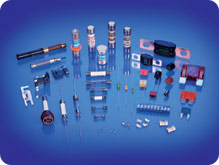
Electronic fuses |
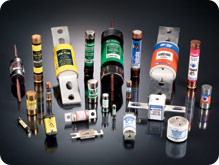
Power fuses |
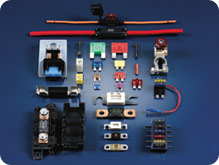
Automotive fuses |

Medium Voltage Fuses |
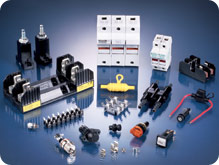
Fuse Holders |
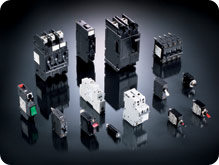
Circuit Breakers |
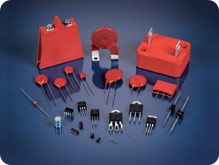
Overvoltage devices |
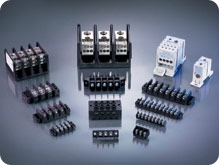
Terminal blocks |
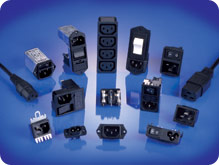
Power entry models |
Authorize Line: (*)
Fuses are available at IBS Electronics from industry leading manufacturers. IBS Electronics is an authorized distributor for many fuse manufacturers.
IBS Electronics offers a broad and most-innovative selection of fuses to serve nearly every possible application. Find out more at IBS Electronics.
- AEM*
- Hollyland*
- Sleek*
************************
- AVX
- BelFuse
- Cooper Bussmann
- Bourns
- Eaton
- Littelfuse
- Bel
- Walsin
- IBS Fuses
- Littelfuse
- NEC
- Opti-Fuse
- San-O
- TE
- Schurter